Energy and heat are two key physical technologies (to be used on conjunction with social technologies) in moving from our dysfunctional status quo to a future of thriving on one planet’s worth of resources (one planet thriving). Multiple solutions are necessary, including alcohol, stirling engines, rocket stoves and mass heaters, biofuel, and more.
 Is it true that ethanol is a net energy loser, taking more energy to produce that it supplies?
Is it true that ethanol is a net energy loser, taking more energy to produce that it supplies?
Turns out, that’s probably not true, and is especially not true when a permaculture-designed agricultural system is used to produce the alcohol.
Sidebar: A new and exciting discovery reviewed on 1/6/19 by 60 minutes suggests an invention with potentially huge benefits to all of this — a technology for turning cellulose in trees and other cellulose-packed materials (practically every plant on the planet) into biofuels that can supply 30% of our energy needs with 70% less impact on the climate, all in a cost-effective way.
“In a designed system, especially a permaculturally-designed system, we could increase the biomass produced by an order of magnitude and in so doing supply all our needs in a much smaller footprint. For instance, you only get about 200 gallons per acre of alcohol fuel from corn, but 1000 gallons from sugar beets, 1200 from Jerusalem Artichokes, 1500 gallons from annual sugar cane in southern states and a variety of other crops which, when properly designed for climate, might yield 2500 gallons per year from two crop cycles. This would be done while increasing soil fertility and providing all the animal food we need as a by-product (replacing the corn which largely goes for animal feed now) at a fraction of the energy cost of corn-soybean agribusiness. This is all possible right now without any new technology.” – David Blume
For a tour of the various arguments, there is no better source than David Blume. Got only 2 minutes, here’s the short version. Want to check out the myths he busts, here you go. You’ll also discover his movie and his thick book, “Alcohol Can Be a Gas: Fueling an Ethanol Revolution for the 21st Century” which is the most comprehensive available on the subject and sports a preface by Buckminster Fuller. He debunks all the popular myths about alcohol and convincingly argues, especially in his book, that when alcohol is grown in a permaculture system, it can:
- sequester more carbon than is released when burned (due to biomass that stays in the root system and the fact that the CO2 released is re-absorbed by the following year’s crop)
- produce less water vapor than burning gasoline (water vapor is actually an even more potent greenhouse gas than CO2),
- produce as a manufacturing by-product dry distiller grains that are a better feed for animals
- be used in flex fuel vehicles now (EPA-certified conversion kits were available here, but they have now retired; diesel engines can also apparently be converted) or cars converted to run only on alcohol
Along the way, you’ll learn about the Whiskey Rebellion and the role of Rockefeller and Standard Oil in funding prohibition in order to eliminate alcohol as competition for gasoline, a dirty and relatively useless byproduct of oil refining at the time. You can also check out Blume’s company, Blume Distillation.
“If this is so great, why aren’t we already doing this?!” For a partial response, see this article, called “Free Shaving Cream for Life & Why You Haven’t Heard of It“. For a more complete response based on the science of Ethanol and Gasoline, there’s plenty in Blume’s book. Also, in terms of transportation, a Stanford study indicates that using biomass to produce electricity to power electric vehicles is more efficient than using that biomass to produce alcohol to power internal combustion engines.
Producing: Fill up at your own home brew pump
Blume’s book also covers everything you ever wanted to know about how to produce alcohol, although the legalities of doing so may vary by state. E-fuel is a company [note: as of 8/20/14, it is not clear how much of e-fuel is simply hype vs. real. We have left the text in place with this caveat b/c the vision is an interesting one regardless of whether it actually exists at this point or not. As of 11/20/18, there is no mention of the fuel systems pictured and discussed below; only a generator is offered now] that introduced a home ethanol production system ($40,000 less tax credits; patents). They also 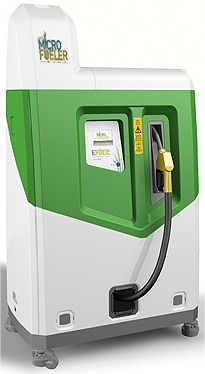
For a combustion-based, ethanol, mini-refinery, check out this video. And, a smaller unit. And, one that claims to be a continuous distillation setup for volumes of 1-2 gallons/hour. This next company is developing a membrane-based distillation process for ethanol that might be similar to e-fuel (video).
Producing: The Basics
The basic process of making alcohol is as follows:
(1) Get or extract sugar: Starches and cellulose + water + enzymes = “mash” = sugar wash
(2) Ferment sugar to make alcohol: Add yeast, organisms that eat sugar and output alcohol + C02, a process called fermentation. When fermentation is done, your mash may be 10-20% alcohol by volume. Beer, wine, and cider are not distilled. Automated fermentation thermostat.
(3) Distillation, separating the alcohol from the water: Distilling this mash is the process of separating the alcohol from the water, producing higher concentrations of alcohol by volume. So-called “hard alcohols” (e.g., whiskey, vodka, gin, etc.) have higher concentrations of alcohol because they are distilled. There are 2 ways to distill alcohol: (a) By heating it up in a traditional still; (b) Through non-combustible membrane distillation (journal articles). It’s interesting to note that the E-fuel machine mentioned above uses nano filters to separate the alcohol from the water instead of a combustion-based distillation method. Air gap membrane distillation (AGMD) has been researched to distill alcohol. Another article on membrane distillation. Membranes for biofuel separation.
(4) For legal reasons, poison the alcohol so it is not potable. This is denatured alcohol.
(5) Extra products: The mash without the liquid is the remaining plant material not converted into sugars. These distiller grains can be used for a high quality animal feed. CO2 is another product that can be used.
Home heating?
Blume makes a convincing case for alcohol as a transportation fuel. What about using alcohol for heating a home?
This source suggests it is not appropriate, but that may be due to unnecessary assumptions related to how it is produced. This online discussion focuses more on the economics of using ethanol which may be accurate for conventional ethanol sources but probably not accurate when using permaculture as a production method (as inferred from David Blume material). However, most people will not be producing their own fuel so a conventional approach is still important. There are tons of places to get different alcohol burners and fireplaces. But, here, I randomly focused on one site, Ecosmart fire, to calculate some costs (but what about using e-fuel’s MicroFueler to make you own?). The XL500 burner gives 5 hours of burn time for 5 liters of fuel, producing 11,430 BTU/hour. Cost of fuel is reduced for larger quantities. On this site, as of 9/25/13, a pallet of fuel is 160 gallons (160 x 3.79 = 606.4 litres) = $1600 + $219 (SH to Madison, WI) + $0 (no tax to WI) = $1819. So, $11.37 per gallon (compared to producing your own at <=$3/gallon) or $3.00 per litre. So, this XL500 burner, would cost $15.00 to fill up the unit, costing $3/hour or 3810 BTU/$. The XL900 burner produces 19,163 BTU, 645 square feet coverage, burn time of 10 hours (consumption = 1 litre/hour) about $3/hour. BK5 burners are adjustable and cost $1-1.50 per hour. The 1800SS, a 6 ft firebox with 3 BK5 burners, produces 36,000 BTU. Here are more details about these and other units from Ecosmart. I found some university calculators that compare the heating cost/BTU of many different fuel sources, but not alcohol. I asked, “Ask an Expert” about this and Frank Wideman responded by comparing alcohol with kerosene (which is on many of the calculators):
“In general, ethanol has the energy value of about 83,000 BTU’s per gallon. That compares to the 135,000 BTU’s for kerosene. That means that the ethanol should be bought for 60% to 65% of the cost of kerosene if the use efficiency is the same. Many of the kerosene appliances have burning efficiency of 80%. That means we can get about 108,000 BTU’s of heat into our home from that gallon of kerosene. Fireplace efficiency can be much lower. If the ethanol burning appliance (fireplace) has an efficiency of 40%, then we would need to buy 2.5 gallons of ethanol to get the same heat into our home as the 1 gallon of kerosene. So if the kerosene costs $4.40 per gallon, we could only pay $1.76 for the ethanol and have the same cost per BTU
Ethanol as an energy source for home heating is seldom discussed, because of the small number of appliances available to use the fuel in home heating. Safety is also a concern. Ethanol burns so cleanly that you cannot see the flames and the fuel resembles water in many ways. Other volatile fuels used in home heating have colors and smells added to improve detection of leaks and other hazards.”
One thing to keep in mind is that ethanol fireplaces can be ventless so all the heat stays in the house as compared to wood (or others) where some of the heat is lost up the chimney. Charts like this one compare the actual cost per million BTUs of different fuels, correcting for efficiencies like chimneys or lack of chimneys, but often don’t include ethanol in the mix. This site at Penn State also provides a 
What about storing this quantify of fuel? It’s “like storing bottles of rum.”
This online article is positive on the subject. This article is followed by a discussion.
My tentative conclusion is that using ethanol to heat a home is expensive unless one has a way of producing or acquiring cheap (and clean) ethanol. In any case, it would require multiple units to heat a home (unlike a wood stove, for example). On the other hand, if you like the modern look and only want a cozy central fire for ambiance, perhaps ethanol would work.
Cooking

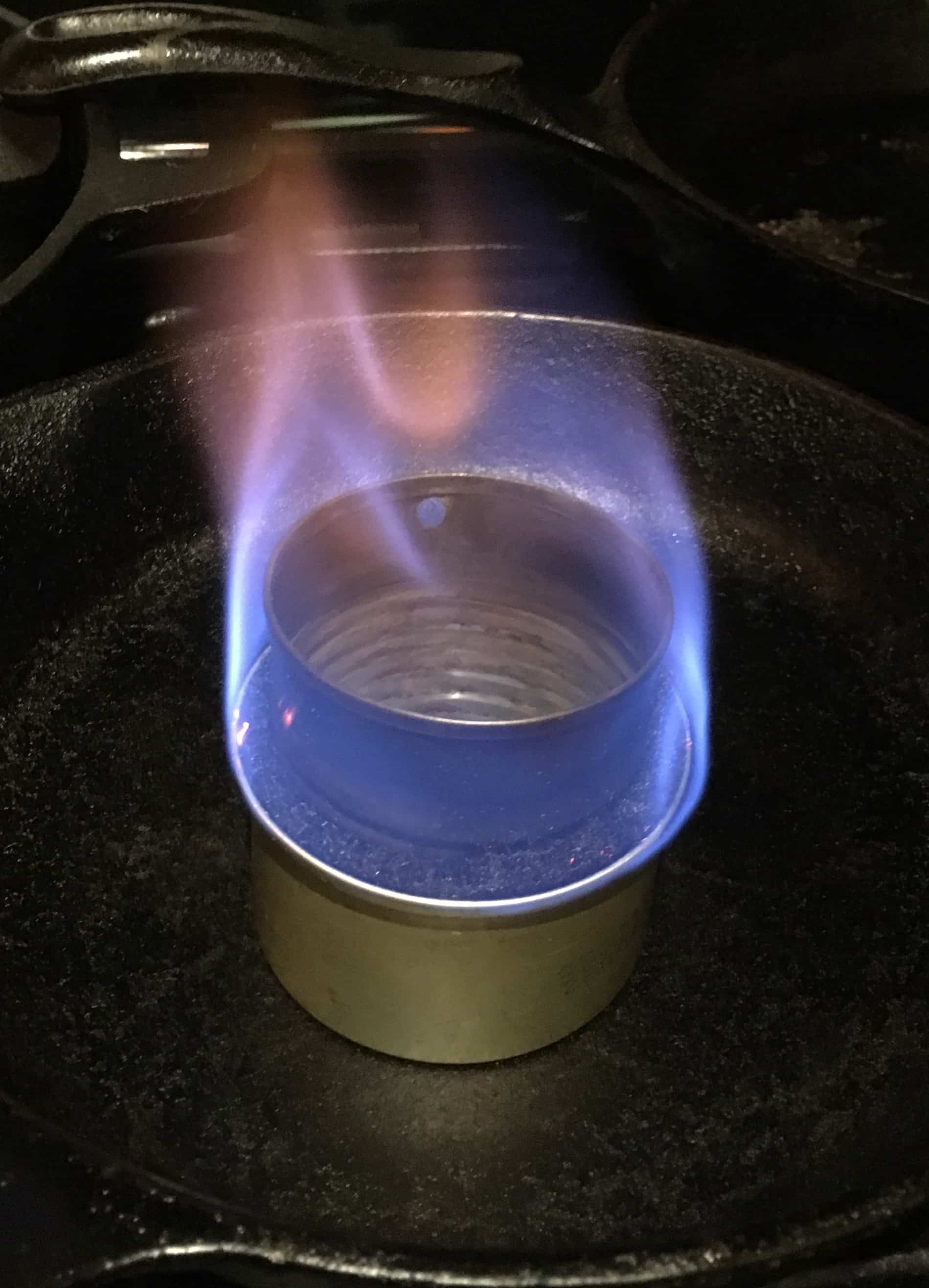
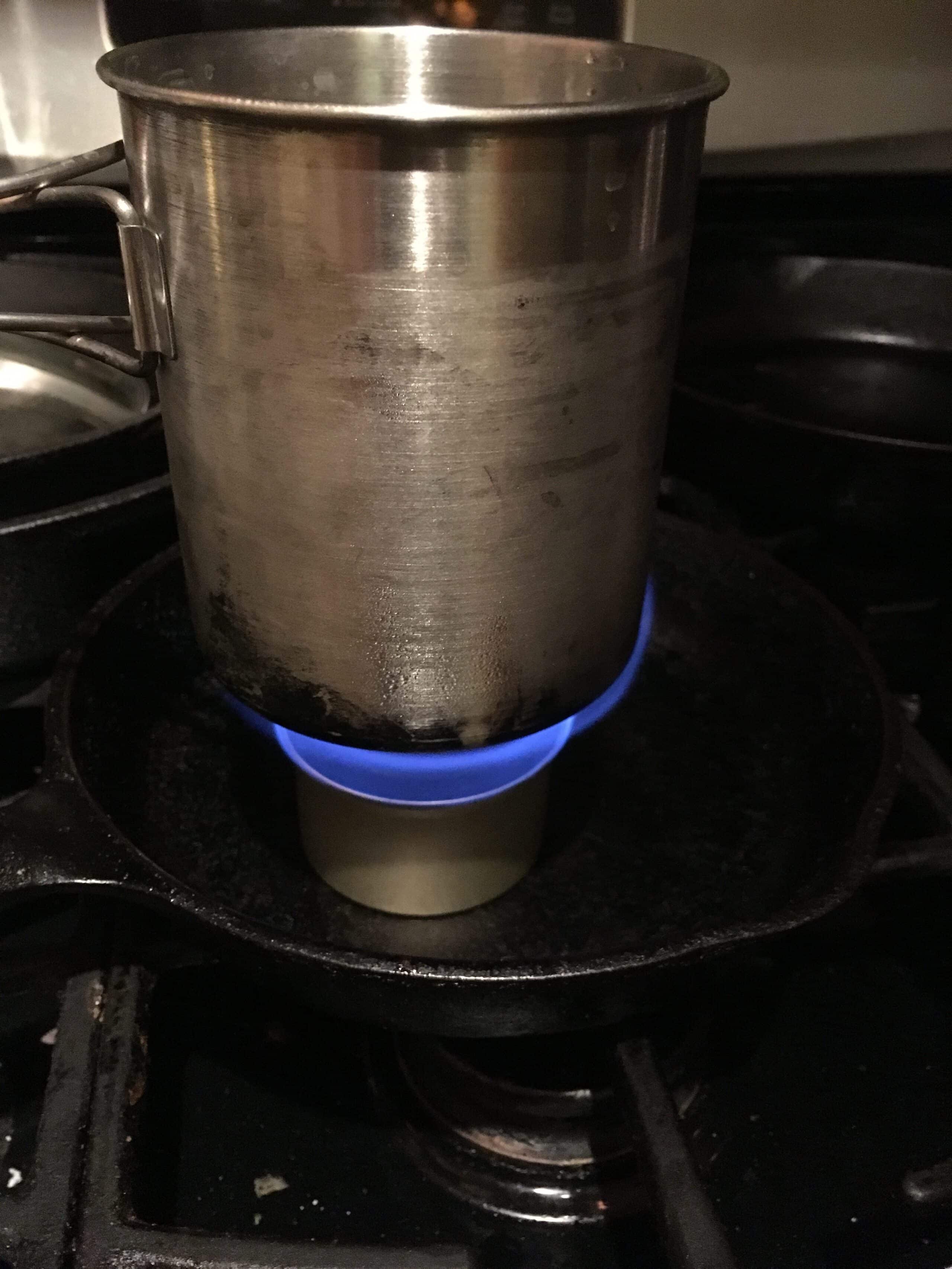
Drinking: Fuel for the Body and Soul
A discussion on alcohol wouldn’t be complete without a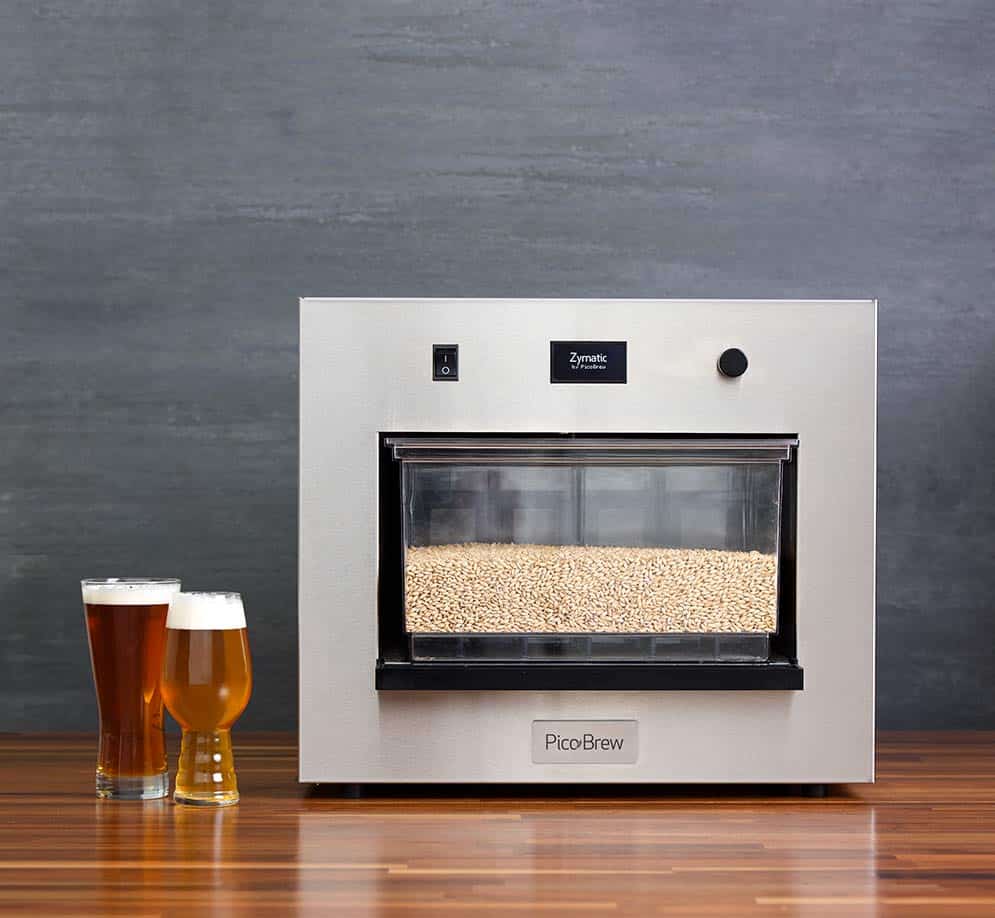
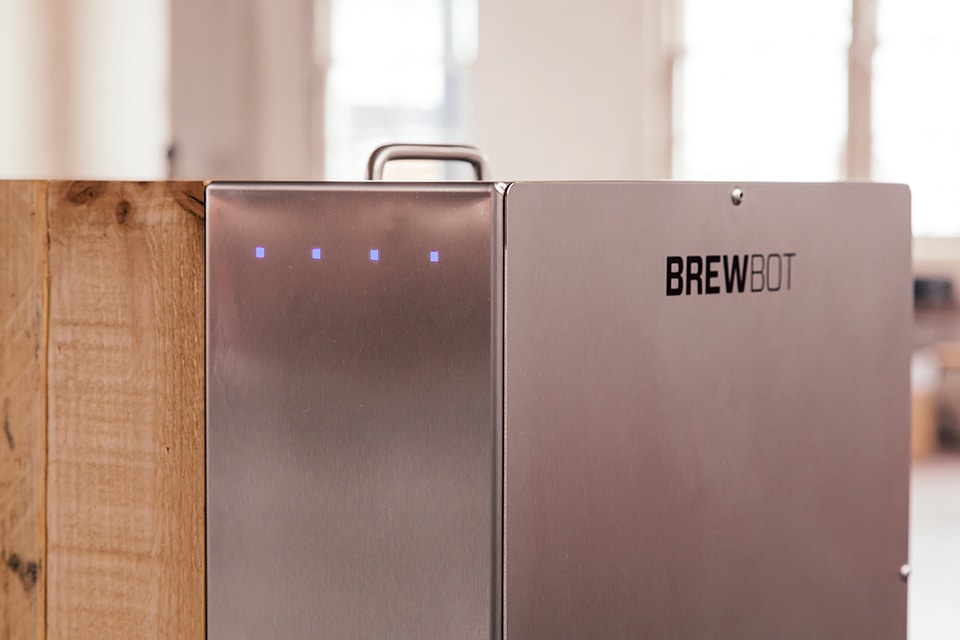
I also couldn’t resist posting links for some new espresso-style machines for automating home beer brewing. The most mature offering (complete with forum with a recipe library) is made by PicoBrew (here’s a Seattle Times article), a modern evolution perhaps of the Bruameister by Speidel ($2000). As of 4/2020, the model C is available for pre-order at $400. Purportedly, the PicoBrew takes about an hour of your time, 3.5 hours of machine time, a week of fermenting, and you get about 2.5 gallons of beer. Recipes are shared via the internet and apparently can be reliably duplicated. There’s another machine that produces 5 gallons of beer, called the BrewBot ($3595 with taxes and shipping as of 8/2014) that interfaces with a smart phone for recipes and to prompt you when to add your ingredients (thus perhaps less a start-it-and-leave-it process than the PicoBrew, which can be considered a good thing if you want more influence and involvement with the process of brewing your beer). It was successfully funded on kickstarter in October, 2013.
Further resources: table top distilling by Steven Harris, including ratios for your car (make up to 50% of your gas); A $170 table-top distiller; making whiskey (sample process for Irish whiskey). Minimum equipment for brewing beer Site to get the equipment. General instructions.

Pingback: Solutions Overview | One Planet Thriving
Pingback: Thriving on One Planet: The Big Picture | One Planet Thriving
Pingback: Emergency Backup Power | One Planet Thriving
Pingback: Making | One Planet Thriving
Pingback: Vegetable Oil as Fuel for Cars | One Planet Thriving
Pingback: Stirling Engines – Notes | One Planet Thriving
Pingback: Food Storage | One Planet Thriving
Pingback: Open Source Ecology – Global Village Construction Set | One Planet Thriving
Pingback: Rocket Stoves, Rocket Mass Stoves, & Wood Stoves | One Planet Thriving
Pingback: Using Dehumidifier Water in Valuable and Effortless Ways. Mine Does Laundry. | One Planet Thriving